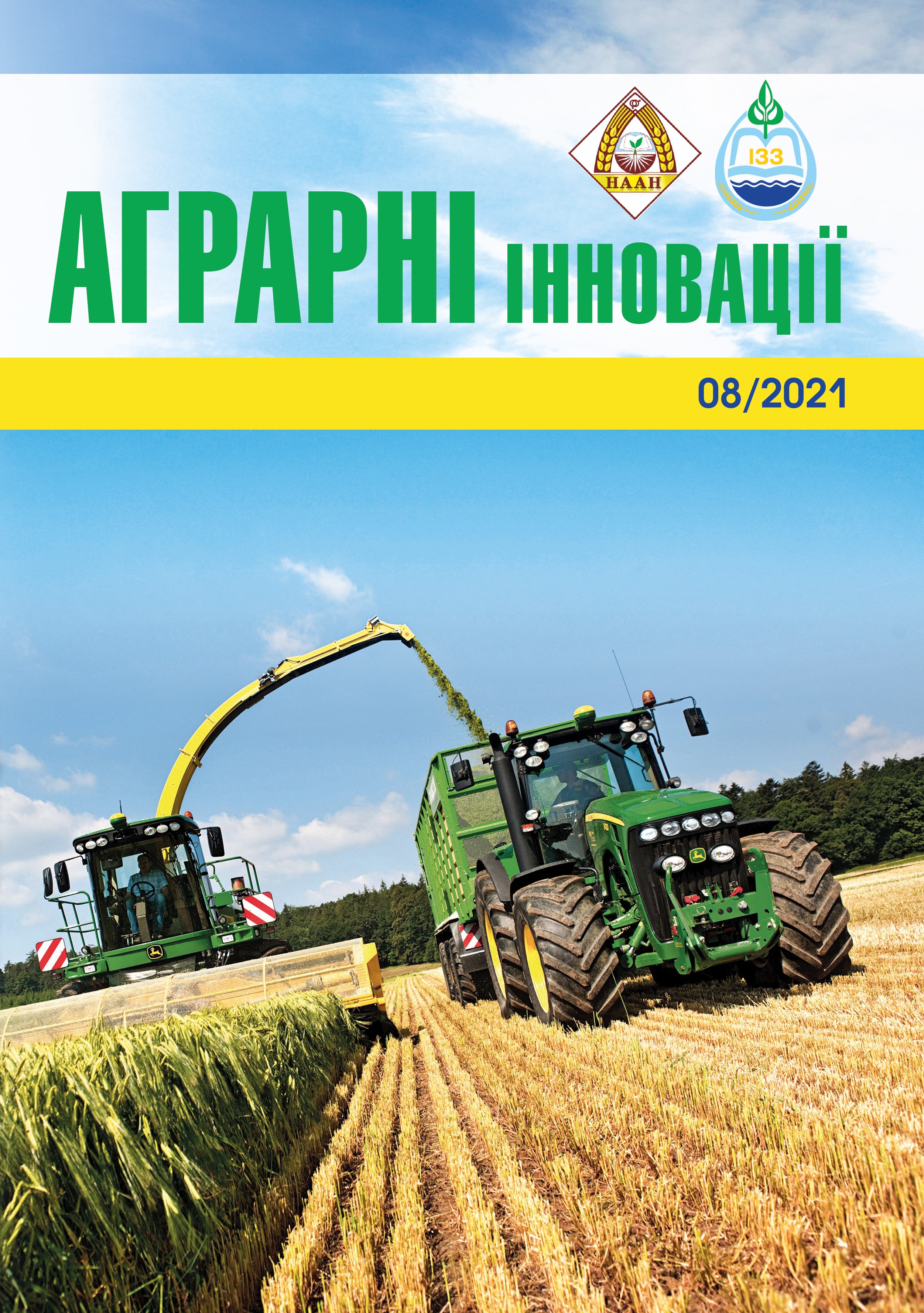Experience in using different substrates for rooting citrus cuttings
Abstract
Among the many fruits of exotic plants that are freely available, citrus fruits are especially popular. The fruits of tangerines, oranges, lemons, limes, lemons, grapefruits, bergamot have high nutritional, medicinal and dietary properties. They are used as raw materials for juices, compotes, candied fruits and jams, valuable essential oils and various essences, which are widely used in the food, confectionery and perfume industries. Purpose. Citrus plants are currently mainly used for indoor and office landscaping, conservatories and greenhouses as ornamental rather than fruit plants. For the development of production for the cultivation of citrus crops as fruit, in industrial volumes requires high-quality available planting material in large quantities. Our goal was to investigate the available substrates for grafting citrus crops: peat, sand, coconut substrate, vermiculite, peat with sand, coconut substrate with vermiculite for rooting cuttings of citrus plants in protected soil. Methods. To obtain planting material used the method of propagation of citrus plants by green cuttings in a protected soil. Results. According to the results of studies on the rooting of citrus cuttings obtained the following results. The highest survival rates of Pavlovsky lemon, Washington Navel orange and Cavanaugh Vaso mandarin occurred in coconut substrate with the addition of vermiculite (85-98%). Planting material obtained by green grafting using coconut substrate with the addition of vermiculite and vermiculite in a greenhouse in the village of Radensk, Oleshkivskyi district, Kherson region, showed a high result. engraftment compared to peat and sand. Conclusions. The conducted research makes it possible to recommend for further use in the production of citrus cuttings coconut mass substrate with the addition of vermiculite and vermiculite for protected soil.
References
2. Набока О. М., Назаренко С. В. Захист лимонів закритого ґрунту від шкідників та хвороб. Наукові читання імені В. М. Виноградова: IІ-га Всеукраїнська науково-практична конференція. м. Херсон, 21–22 травня 2020 року. Херсон, 2020. С. 41–43.
3. Слєпцов Ю. В., Якубенко Б. Д., Богданова В. Д., Позднков І. О., Андрусик Р. В. Квітникарство закритого ґрунту: навчальний посібник. Київ : Кондор-Видавництво, 2015. 174 с.
4. Зелене живцювання – метод прискореного розмноження. URL: https://matricja-budovi.at.ua/news/z e l e n e _ z h i v c j u v a n n j a _ m e t o d _ p r i s k o r e n o g o _ rozmnozhennja/2011-02-11-195 (дата звернення 25.03.2021).
5. Вдовенко С. А., Гаврись І. Л., Полутін О. О. Субтропічні і рідкісні плодоовочеві рослини: навч. посіб. Вінниця : ТОВ «ТВОРИ», 2020. 252 с.






